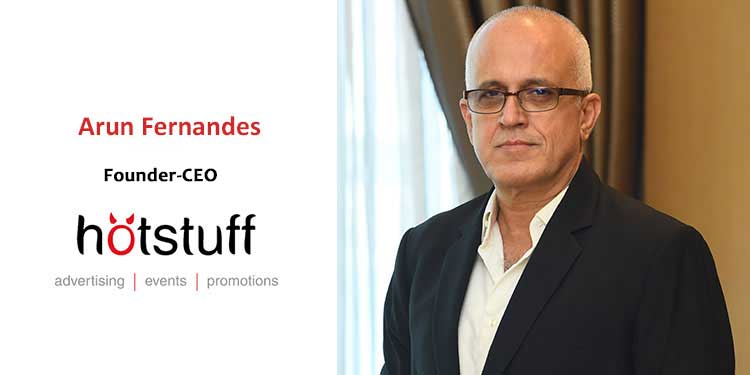The pandemic came as a sudden blow to every industry, with the Indian advertising industry being no exception. But this industry turned a challenge into an opportunity and is now on its path to recovery with a 12.4% growth rate predicted by 2022. Advertising spends on digital media is expected to reach INR 58,550 crore by the end of 2025. With the market dynamics changing constantly, brands and marketers are tapping into new advertising avenues and adapting their marketing strategies to align with the evolved consumer habits.
Going forward in 2022, the Indian advertising industry will witness a major surge in digital advertising. It is important for brands to understand the top trends that will shape the future of Indian advertising to be on top of the game. Listed below are some key trends to watch out for in 2022.
Vernacular content is the future
Vernacular content consumption is on the rise in India especially with the increased participation from tier 2 and tier 3 cities. Brands are now expanding digital advertising to include regional languages with the rural and semi-urban populations consuming digital content in large numbers. Regional language advertising has emerged as a key technique to tap into a diverse consumer base hailing from different social and economic backgrounds. With increased digital activity from the tier 2 and tier 3 cities, vernacular content will continue to dominate the Indian advertising landscape in the coming years.
Influencer marketing is here to stay
India is witnessing a surge in the number of quality content creators, pushing brands to capitalize on influencer marketing. Consumers today are inclined towards video content more than ever resulting in a huge followership for social media creators. In fact, we are now living in an era where even venture capitalists are willing to invest huge sums of money in creators. Brand partnerships and collaborations with influencers, or rather, micro-influencers, will continue to be a trend in the coming year as influencer marketing presents high engagement opportunities at a competitive price. Influencer-driven ad content powered by predictive AI will assure ROI for brands, giving more impetus to the influencer marketing spend.
Growth in video commerce will continue
Internet connectivity in India has drastically improved compared to a few years ago. People can now consume online content at high internet speeds, opening doors for advertisers to effortlessly reach the audience where they spend most of their time. Video commerce refers to shopping during live video streaming of events. Video is one of the most popular ad formats in India and the mobile video ad spending is projected at USD 596 mn in the year 2022. Going forward, brands will exploit video advertising in many ways to motivate purchases from consumers. Indian consumers’ purchases are no longer just price-driven. They are experience-driven and videos help humanize a brand, raking in more sales and brand loyalists. The video-watching user base increased by 25% in India in the past year alone with the number of users touching 350–400 million and this stat alone is a testament to the rising popularity of video content in the country.
Shift towards CTV and OTT platforms is imminent
The CTV and OTT market is growing at a faster pace opening monetization opportunities for advertisers within the video realm. Connected television advertising now presents an incredible opportunity for advertisers to deliver content to the audience. CTV advertising enables advertisers to engage advertisers in a linear TV-like environment, encouraging co-viewing and one-to-many relationships. With the increasing adoption of casting devices in India, advertisers are expected to allocate a substantial budget for CTV and OTT advertising. CTV’s ability to provide incremental reach to linear TV has enabled advertisers to grab the attention of young adults.
Cookie less advertising will be in vogue
The push for consent-driven data has forced advertisers to find alternatives to third-party cookies. Advertisers will have to rely on first-party data and rethink their advertising and marketing tactics. Retargeting consumers may not be possible like before as the use of data in the name of hyper-personalization has raised huge privacy concerns. Instead, the coming year will see advertisers using first-party sources to align their campaign planning and customer segmentation, staying compliant with the consumer data privacy guidelines.
In conclusion
India is the 5th fastest-growing ad market in the world with the industry bouncing back to normalcy to touch pre-pandemic levels. Brands vying for consumer attention must capitalize on the above-mentioned critical trends to ride the wave of success. With digital advertising penetrating into tier 2 and tier 3 cities like never before, the ad industry is set to witness some interesting developments going forward in future.
This article is authored by Arun Fernandes, Founder-CEO, Hotstuff Medialabs.
















